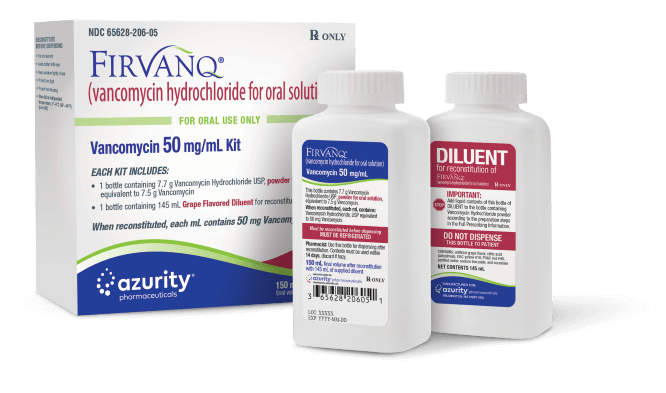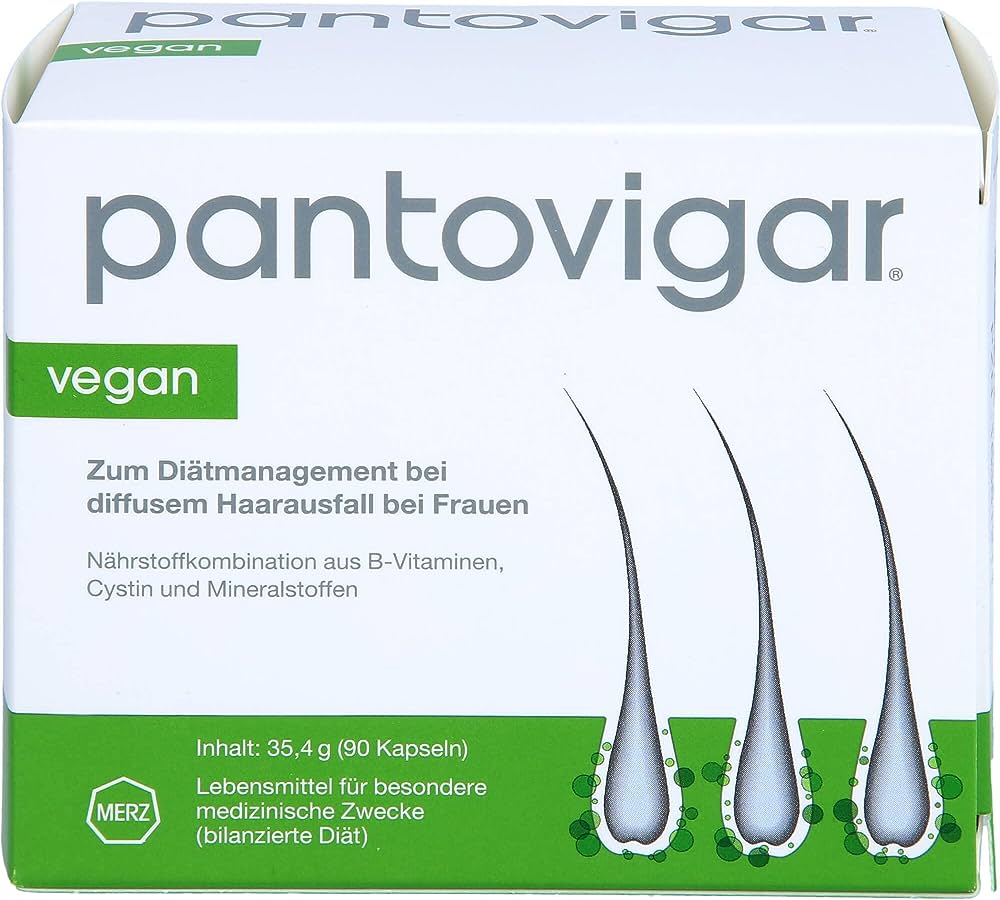I. Introduction
Understanding DVT and its risks during pregnancy.

Deep vein thrombosis (DVT) is a condition where blood clots form in the deep veins of the legs. During pregnancy, the risk of developing DVT increases because of changes in blood circulation and clotting factors. This is because the growing uterus can put pressure on the veins in the pelvis, slowing down blood flow from the legs and increasing the risk of clot formation.
It’s important for pregnant women to be aware of the symptoms of DVT, which can include swelling, pain, warmth, and redness in the affected leg. If you experience any of these symptoms, it’s important to seek medical attention promptly.
Doctors may advise pregnant women to stay active, avoid prolonged sitting or standing, and wear compression stockings to lower the risk of DVT. Active 2: In addition, doctors may prescribe medication to prevent blood clot formation.
If you’re pregnant and worried about DVT, talk to your healthcare provider for proper care and monitoring.
Importance of prophylaxis in preventing DVT during pregnancy
Prophylaxis of DVT in pregnancy, such as the use of blood thinners or compression stockings, plays a crucial role in preventing DVT during pregnancy. It helps to reduce the risk of blood clots forming in the deep veins, which might lead to serious complications such as pulmonary embolism.
Pregnant women with a history of blood clots or certain medical conditions need to prioritize preventive measures.
Healthcare providers must assess patient risk factors and provide prophylaxis for a safe pregnancy.
II. Understanding DVT in Pregnancy
Factors that increase the risk of DVT during pregnancy
- Hormonal changes that increase blood clotting
- Reduced blood flow to the legs and pelvis during pregnancy
- Pressure of the expanding uterus on blood vessels, especially the inferior vena cava
- Personal or family history of DVT or thrombophilia
- Prolonged immobility or bed rest
- Dehydration
- Increased age (especially above 35 years old)
- Obesity
- Smoking
- Having a cesarean section
- Multiparity (having delivered more than one baby)
- Pre-eclampsia
- Presence of certain medical conditions, such as systemic lupus erythematosus or sickle cell disease
- Varicose veins
Impact of DVT on maternal and fetal health

If a pregnant woman gets DVT, it can cause a blood clot that blocks blood flow in her veins. This can lead to complications like pulmonary embolism, which is very dangerous for the mother’s life. DVT can lead to chronic venous insufficiency, causing pain, swelling, and skin changes in the affected leg.
DVT can disrupt blood flow to the placenta, potentially causing harm to the developing baby. IDVT in the mother can lead to a higher chance of premature delivery.
III. Prophylaxis Measures
Overview of recommended prophylactic measures for preventing DVT in pregnant women
Lifestyle Modifications
- Regular Physical Activity: Encourage daily moderate exercise, such as walking or swimming, to improve circulation.
- Hydration: Advise adequate fluid intake to prevent dehydration and blood viscosity.
- Leg Elevation: Recommend elevating legs when possible to improve venous return.
- Compression Stockings: Suggest wearing graduated compression stockings, especially during prolonged periods of immobility.
- Avoid Prolonged Immobility: Educate on the importance of frequent movement and avoiding sitting or standing for long periods.
- Healthy Weight Management: Promote a healthy diet and weight gain within recommended guidelines to reduce the risk of DVT.
Medical Management
- Prenatal Care: Ensure regular prenatal visits to monitor for signs of DVT and manage risk factors.
- Risk Assessment: Perform a risk assessment each trimester and postpartum to identify those at increased risk.
- Anticoagulant Therapy: For high-risk individuals, consider prophylactic anticoagulation with low-molecular-weight heparin (LMWH) or unfractionated heparin.
- Serial Ultrasound Surveillance: In high-risk cases, consider serial Doppler ultrasounds to monitor for asymptomatic DVT.
Education and Awareness
- Understanding DVT Risks: Provide comprehensive education about the signs and symptoms of DVT and its potential complications.
- Travel Guidelines: Offer guidance on preventive measures during travel, such as regular leg exercises, hydration, and possibly wearing compression stockings.
Postpartum Considerations
- Continued Risk Assessment1: Recognize that the risk of DVT extends into the postpartum period and continue appropriate measures.
- Breastfeeding and Anticoagulation: Discuss the safety and management of anticoagulant therapy during breastfeeding if needed.
Special Considerations
- Genetic Testing: In cases of personal or family history of thrombosis, consider genetic testing for thrombophilia.
- Individualized Care Plan: Tailor preventive strategies to the individual based on their unique risk profile and preferences.
Monitoring and Follow-Up
- Regular follow-up appointments to assess the effectiveness of preventive measures and adjust as necessary.
- Immediate evaluation for any symptoms suggestive of DVT, such as leg pain, swelling, or redness.
Discussion of anticoagulant medications and their use in pregnancy
- Heparin: Safe for use as it does not cross the placenta. Includes unfractionated heparin and low molecular weight heparin (e.g., enoxaparin, dalteparin).
- Warfarin: Generally avoided, especially during the first trimester and close to delivery due to teratogenic effects and risk of fetal bleeding.
- Aspirin: Low-dose aspirin may be used for specific conditions after physician assessment.
- New oral anticoagulants (NOACs): Limited data on safety, generally avoided in pregnancy.
- Low-molecular-weight heparins (LMWHs): Enoxaparin and dalteparin are commonly used as they do not cross the placenta and have a lower risk.
IV. Benefits and Risks
Benefits of prophylaxis in preventing DVT complications
Prophylaxis for the prevention of deep vein thrombosis (DVT) complications in pregnant women is an important consideration because pregnancy increases the risk of venous thromboembolism (VTE). Here are the benefits of prophylactic measures in such a situation:
- Reduction in DVT Risk: Pregnancy is a hypercoagulable state2, meaning the blood is more prone to clotting. Prophylactic measures, such as anticoagulant therapy, help reduce the formation of DVT.
- Prevention of Pulmonary Embolism (PE): DVT can lead to PE, where a blood clot breaks free and travels to the lungs. Prophylaxis significantly reduces the risk of this potentially life-threatening complication.
- Minimized Risk of Post-thrombotic Syndrome (PTS): PTS can occur after a DVT and cause long-term symptoms like pain, swelling, and leg ulcers. Prophylaxis can help prevent the initial clot formation that leads to PTS.
- Safety for Mother and Fetus: When correctly managed, prophylactic treatments like low-molecular-weight heparin (LMWH) are considered safe for both the mother and the fetus, with a low risk of bleeding and no known teratogenic effects.
- Reduced Need for More Invasive Interventions: Effective prophylaxis can reduce the need for interventions later on that might be riskier or more invasive, such as the insertion of an inferior vena cava (IVC) filter.
- Improved Overall Maternal Health Outcomes: By preventing DVT and its complications, prophylaxis contributes to better overall health outcomes for the mother, which by extension can promote a healthier pregnancy and delivery experience.
Potential risks associated with prophylactic measures during pregnancy
- Heparin (wrong doses): Overdose can lead to hemorrhage; underdose may fail to prevent thromboembolism.
- Warfarin (wrong doses): Increased risk of fetal bleeding and teratogenic effects; incorrect dosing could also lead to maternal bleeding or clotting.
- Aspirin (wrong doses): Higher doses increase the risk of maternal and fetal bleeding, especially near term.
- New oral anticoagulants (NOACs) (wrong doses): Potential for unknown adverse fetal outcomes; maternal risks include bleeding or inadequate anticoagulation.
- Low-molecular-weight heparins (LMWHs) (wrong doses): Similar to heparin, with risks of bleeding or inadequate thrombosis prevention.
V. Patient Education and Awareness
- Importance of educating pregnant women about DVT and its prophylaxis
- Tips for promoting awareness and encouraging proactive measures
VI. Case Studies and Success Stories
Real-life examples of successful DVT prophylaxis during pregnancy

Case Study: Successful DVT Prophylaxis in a Pregnant Woman with Previous VTE
Patient Profile:
- Name: Jane Doe
- Age: 29
- Medical History: One previous episode of DVT following a knee surgery at age 25. Heterozygous for Factor V Leiden mutation.
- Family History: Mother had a history of DVT.
- Current Pregnancy: G1P0, currently at 15 weeks gestation.
Clinical Scenario: Jane presented to her obstetrician for routine prenatal care. Given her history of DVT and her genetic predisposition, her obstetrician classified her as high risk for VTE during pregnancy. A consultation with a hematologist was scheduled to develop an appropriate prophylaxis plan.
Management Plan:
- Anticoagulation Therapy: Jane was started on prophylactic doses of LMWH (enoxaparin) once daily, which was continued throughout her pregnancy. The dose was adjusted according to her weight gain during pregnancy.
- Monitoring: Her platelet counts and renal function were regularly monitored to adjust the LMWH dose as necessary and to check for any adverse effects.
- Education: Jane was educated on the signs and symptoms of DVT and PE (pulmonary embolism) and instructed to report any concerns immediately.
- Compression Stockings: She was advised to wear graduated compression stockings daily, especially when traveling or during periods of prolonged immobility.
- Lifestyle Modifications: Jane was encouraged to maintain a healthy lifestyle, including regular exercise tailored to her pregnancy and staying hydrated.
- Delivery Planning: As she approached term, the timing of cessation of LMWH was carefully planned in the context of labor and potential epidural anesthesia. LMWH was stopped 24 hours before the planned induction of labor.
- Postpartum Management: Post-delivery, Jane’s anticoagulation therapy was switched to warfarin for six weeks to continue DVT prophylaxis during the postpartum period, as this time frame presents an increased risk for thrombotic events.
Outcome: Jane remained symptom-free of DVT throughout her pregnancy. She had an uncomplicated vaginal delivery at 39 weeks. She transitioned smoothly to warfarin postpartum with close INR monitoring. Six weeks postpartum, her warfarin therapy was discontinued after a reassessment of her risk factors. No thrombotic complications occurred during the follow-up period.
Conclusion: This case study demonstrates a successful approach to managing a high-risk pregnancy with a history of VTE and genetic predisposition. Through tailored anticoagulant therapy, monitoring, patient education, and lifestyle modifications, Jane had a safe pregnancy and delivery without incidence of DVT or PE.
Insights from Healthcare Professionals on DVT in Pregnancy
Case Study: Early Detection in a Second Trimester Patient
Dr. Smith recounts a 28-year-old patient in her second trimester who came in with swelling and pain in her left leg. The patient was otherwise healthy with no personal or family history of clotting disorders. Given her symptoms and the increased risk of DVT during pregnancy due to changes in blood coagulability, Dr. Smith immediately ordered a Doppler ultrasound which confirmed a deep vein thrombosis. The patient was started on low molecular weight heparin, with careful monitoring, and carried the pregnancy to term without further complications.
Insight: Importance of Postpartum Monitoring for DVT
Midwife Johnson emphasizes the need for continued vigilance for DVT postpartum, noting that the risk remains elevated for up to six weeks after delivery. She describes a scenario where a patient developed shortness of breath and a slight cough one week post-delivery, which turned out to be a pulmonary embolism resulting from an undiagnosed DVT. The patient recovered fully thanks to prompt recognition and treatment.
Insights from Patients on DVT in Pregnancy
Personal Story: Adjusting to Life with Anticoagulation Therapy
Maria, a 32-year-old mother, shares her story about being diagnosed with DVT at 22 weeks pregnant. Initially, she felt overwhelmed by the diagnosis and the need for daily injections of anticoagulants. With support from her healthcare team and a local support group of other pregnant women on anticoagulation therapy, she managed to adjust her lifestyle to ensure the safety of herself and her baby.
Experience: The Challenge of Recognizing Symptoms
Rachel, who experienced a DVT during her third pregnancy, stresses how difficult it was to distinguish the symptoms from normal pregnancy discomforts. She initially brushed off the swelling and redness in her leg as typical pregnancy side effects until the pain became severe. Her advice to other expectant mothers is to always err on the side of caution and get any unusual symptoms checked out immediately.
VII. Conclusion
Recap of the significance of DVT prophylaxis in pregnancy
Deep vein thrombosis (DVT) prophylaxis is crucial in pregnancy due to the increased risk of venous thromboembolism (VTE), which can lead to significant morbidity and mortality for both the mother and fetus. Hormonal changes increase blood coagulability, while the growing uterus can impede venous return. Prophylactic measures include mechanical methods, such as compression stockings, and pharmacological interventions, such as low-molecular-weight heparin, particularly in high-risk individuals, to prevent potentially life-threatening complications like pulmonary embolism. Regular assessment and individualized care are key to managing these risks during pregnancy.
Encouragement for pregnant women to prioritize their health and seek professional guidance
Becoming a mother is one of the most extraordinary journeys you’ll embark on, and your health is the foundation for your baby’s well-being. Remember to take time for yourself, to rest, and to nourish your body with healthy foods. Regular check-ups with your healthcare provider are essential to monitor both your health and the development of your little one. Trust in the support around you—from family, friends, and healthcare professionals. Your strength and resilience are remarkable, and by seeking guidance and care, you are already providing the best for your child. Keep shining and take this journey one step at a time; you’re doing an amazing job!











